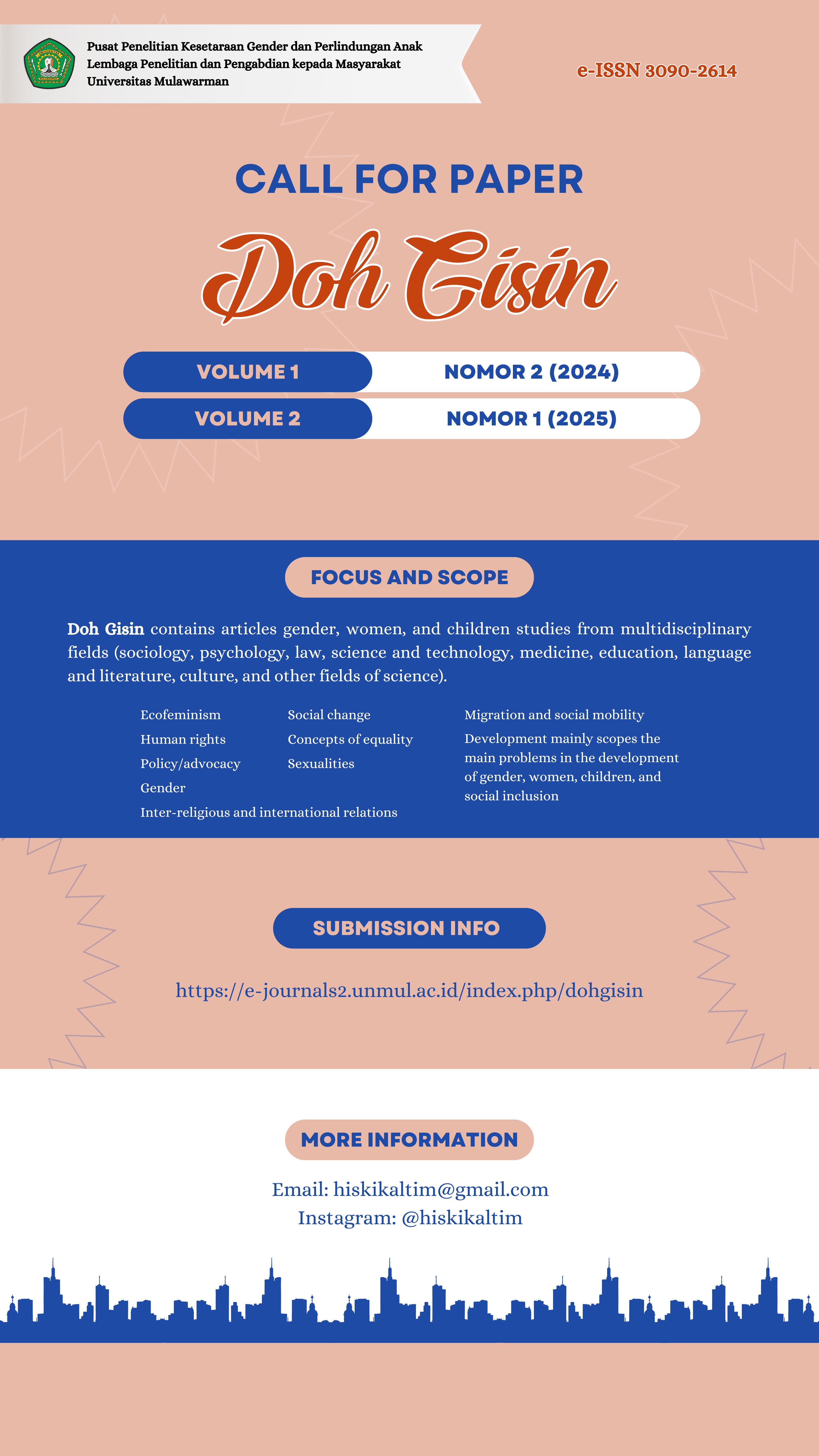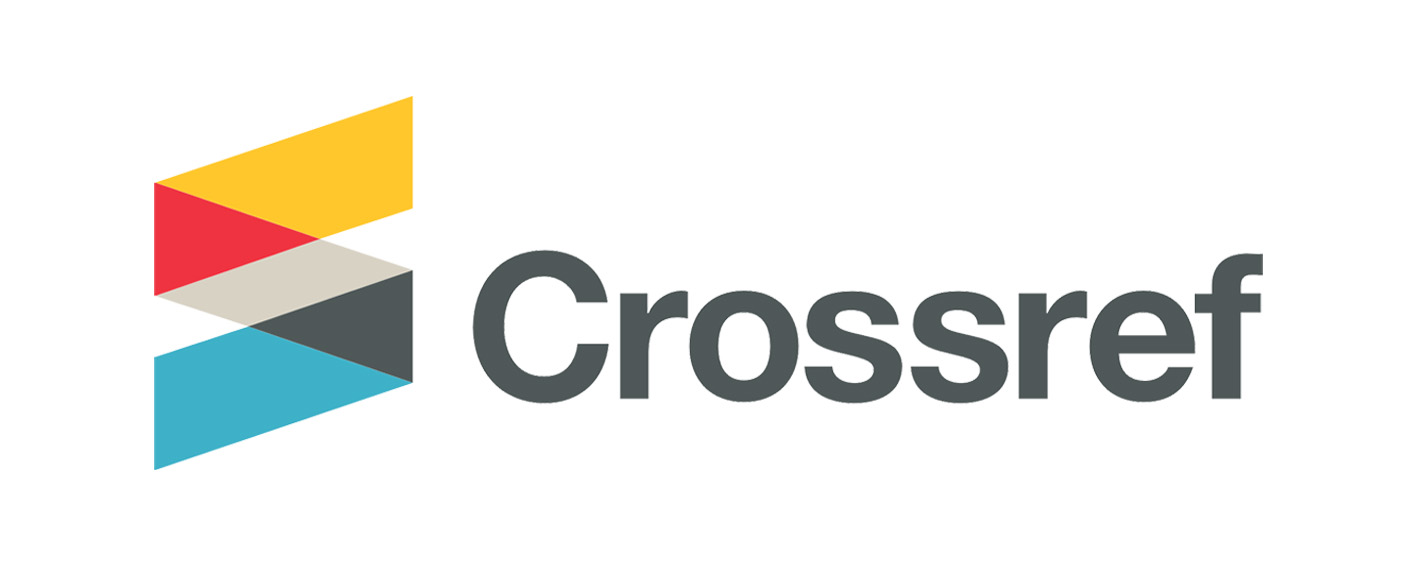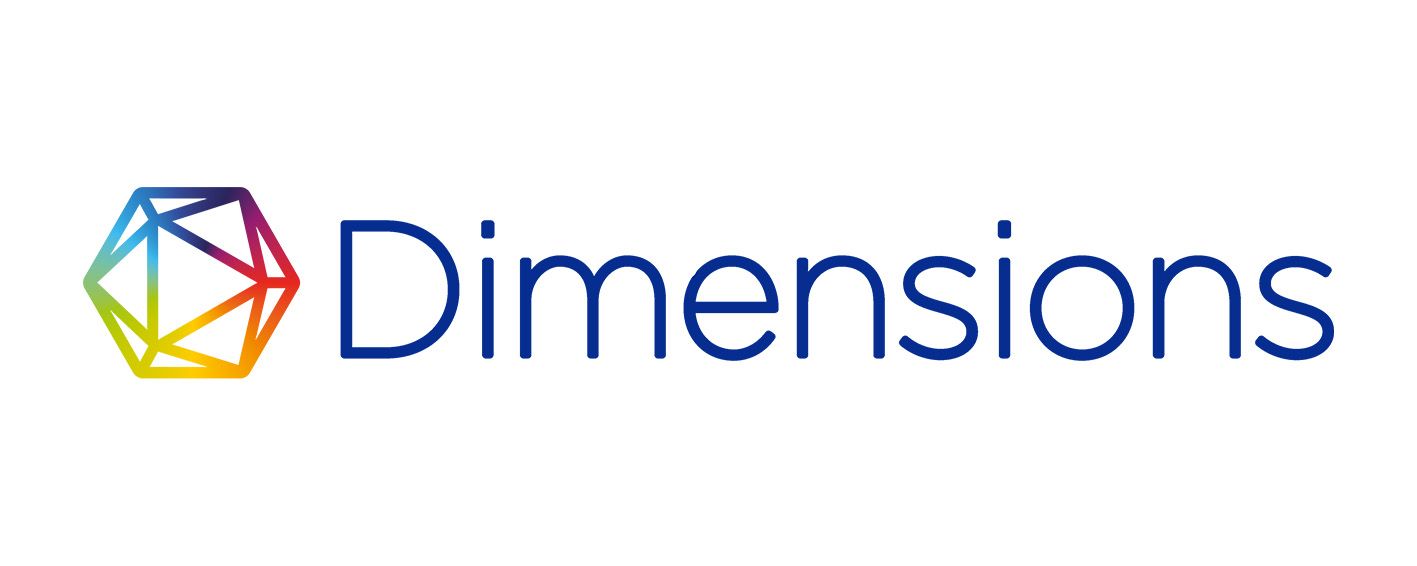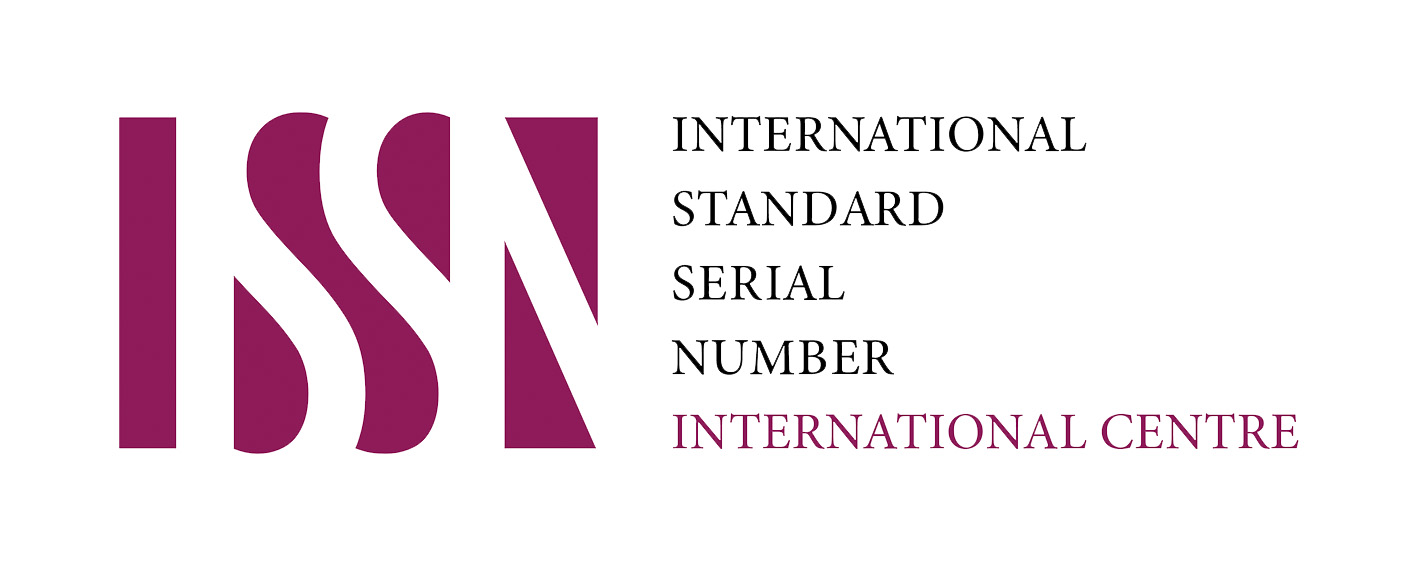Pertimbangan Anak sebagai Saksi Mahkota (Kroongetuige) dalam Tindak Pidana Narkotika
DOI:
https://doi.org/10.30872/dohgisin.v2i1.3038Keywords:
saksi, saksi mahkota, anak, pidana, narkotikaAbstract
Anak sebagai saksi dalam perkara pidana telah diakui secara sah dalam KUHAP. Namun, menurut pembentuk Undang-Undang, keterangan mereka tidak dapat dipertanggungjawabkan secara sempurna dalam hukum pidana. Oleh karena itu, mereka tidak dapat diambil sumpah atau janji dalam memberikan keterangan; keterangan mereka hanya dipakai sebagai petunjuk atau tambahan alat bukti sah lainnya, atau untuk menambah keyakinan hakim. Kemudian, kehadiran anak sebagai saksi mahkota dalam perkara pidana narkotika wajib mendapat perlindungan yang tidak dapat dilepaskan dari konteks hukum perlindungan terhadap anak. Hukum, yang merupakan kaidah tertinggi, harus diikuti oleh masyarakat dalam melakukan interaksi sosial, serta oleh penguasa negara sebagai penyelenggara kehidupan bernegara dan bermasyarakat.
Downloads
References
Dirjosisworo, S. (1990). Hukum narkotika di Indonesia. PT. Citra Aditya Bakti.
Hamzah, A. (2008). Hukum acara pidana Indonesia. Sinar Grafika.
Harahap, M. Y. (2008). Pembahasan permasalahan dan penerapan KUHAP: Penyidikan dan penuntutan. Sinar Grafika.
Ilham, F. M. (2013). Tinjauan tentang saksi mahkota dalam pembuktian perkara pidana [Skripsi, Universitas Diponegoro].
Lubis, S. (2008, Juli). Saksi mahkota. Sofyan Lubis Blogspot. http://sofyanlubis.blogspot.com/2008/07/saksi-mahkota.html
Mulyadi, L. (2007). Hukum acara pidana normatif, teoritis, praktek dan permasalahannya. PT. Alumni.
Poernomo, B. (1986). Pokok-pokok tata acara peradilan pidana Indonesia. Liberty.
Prinst, D. (1989). Hukum acara pidana (Suatu pengantar). Djambatan.
Rancangan Kitab Undang-Undang Hukum Acara Pidana. (2010).
Sasangka, H., & Rosita, L. (2003). Hukum pembuktian dalam perkara pidana. Mandar Maju.
Supramono, G. (2001). Hukum narkotika Indonesia. Djambatan.
Downloads
Published
Issue
Section
License
Copyright (c) 2025 La Syarifuddin, M. Fauzi, Musthafa Musthafa

This work is licensed under a Creative Commons Attribution-ShareAlike 4.0 International License.
This license permits use, sharing, adaptation, distribution, and reproduction in any medium or format as long as you give appropriate credit to the original author(s) and the source, provide a link to the Creative Commons license, and indicate if changes were made. If you remix, transform, or build upon the material, you must distribute your contributions under a CC BY-SA license. The images or other third party material in this work are included under the Creative Commons license unless indicated otherwise in a credit line to the material.
Under the following terms:
- Attribution: You must give appropriate credit , provide a link to the license, and indicate if changes were made . You may do so in any reasonable manner, but not in any way that suggests the licensor endorses you or your use.
- ShareAlike: If you remix, transform, or build upon the material, you must distribute your contributions under the same license as the original.
- No additional restrictions: You may not apply legal terms or technological measures that legally restrict others from doing anything the license permits.
Authors who publish with this journal agree to the following terms:
- Authors retain copyright and grant the journal right of first publication with the work simultaneously licensed under a Creative Commons Attribution License that allows others to share the work with an acknowledgement of the work's authorship and initial publication in this journal.
- Authors can enter into separate, additional contractual arrangements for the non-exclusive distribution of the journal's published version of the work (e.g., post it to an institutional repository or publish it in a book), with an acknowledgement of its initial publication in this journal.
- Authors are permitted and encouraged to post their work online (e.g., in institutional repositories or on their website) prior to and during the submission process, as it can lead to productive exchanges, as well as earlier and greater citation of published work (See The Effect of Open Access).















